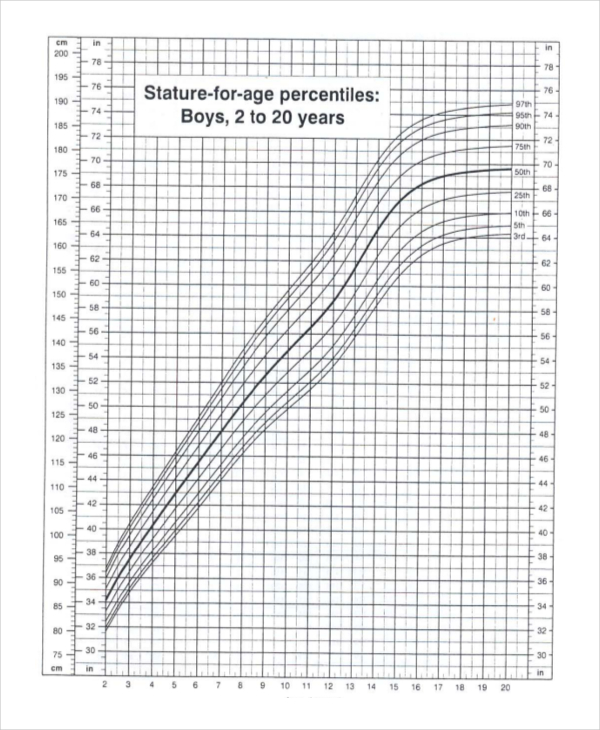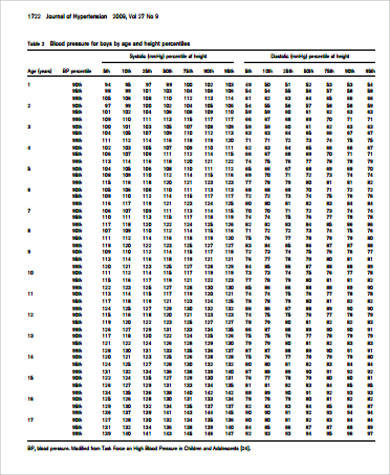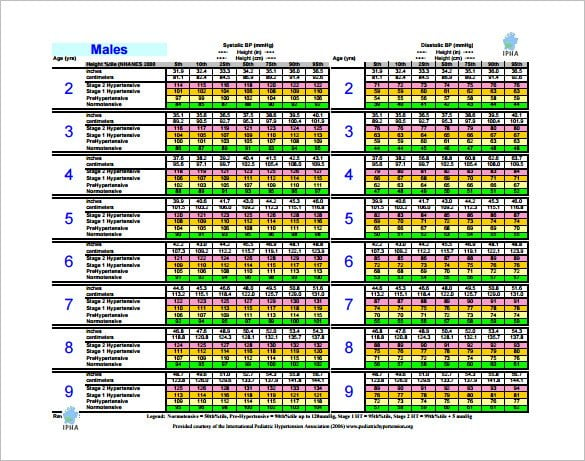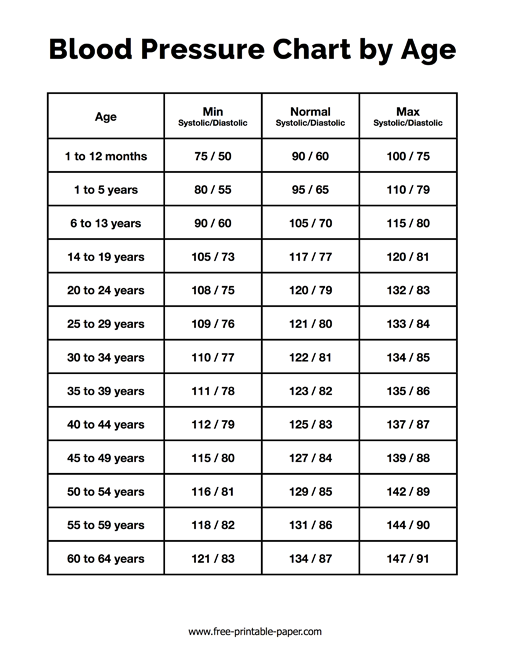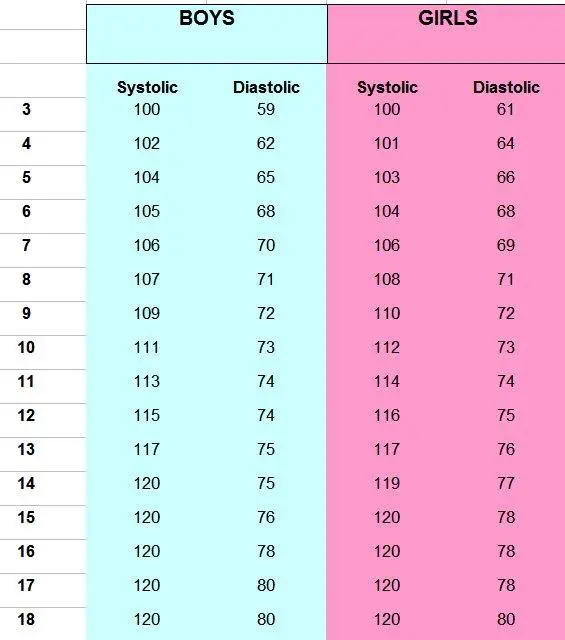The topic of pediatric blood pressure is one that is highly important for parents and caregivers to understand. Monitoring a child’s blood pressure can provide crucial information about their overall health and well-being. To assist with this, there are various blood pressure charts available that can be used as references. These charts outline the expected range of blood pressure readings for different age groups, helping to identify any potential issues.
One such chart, titled “Printable pediatric blood pressure chart - phoeninaax,” provides a visual representation of blood pressure readings for children. This chart showcases the normal blood pressure range for various age groups, allowing parents to easily track their child’s blood pressure. By understanding where their child’s blood pressure falls within the range, parents can determine if any further medical attention is needed.
Another valuable resource is the “Blood Pressure Chart Template - 4+ Free Word, PDF Document Downloads.” This customizable template provides an easy-to-use format for recording and tracking a child’s blood pressure readings. It includes spaces for recording the date, time, and actual blood pressure measurements. By utilizing this template, parents can maintain a comprehensive record of their child’s blood pressure history, which can be helpful for future reference or when consulting with healthcare professionals.
The “Blood Pressure Chart - Nursing Crib” is another valuable resource that provides a comprehensive overview of blood pressure readings for both children and adults. This chart includes the normal blood pressure range, as well as indicators for pre-hypertension and hypertension. By referring to this chart, parents can better understand the significance of their child’s blood pressure readings in relation to these different categories.
If you’re looking for a variety of blood pressure chart templates, the “FREE 9+ Sample Blood Pressure Chart Templates in PDF” is a great resource. This collection offers a range of templates that cater to diverse needs and preferences. Whether you prefer a more detailed chart with additional information or a simplified version, you can easily find a suitable template from this collection.
The National Health Service (NHS) provides valuable insights into the world of blood pressure with their “Blood Pressure – What is normal?” chart. This chart emphasizes the importance of maintaining a healthy blood pressure range and provides visual cues to help identify normal and abnormal readings. By following this chart, parents can actively promote their child’s cardiovascular health and well-being.
For those who prefer digital formats, the “Blood Pressure Chart Template - 13 Free Excel, PDF, Word Documents Download” provides a selection of downloadable templates. These templates can be easily accessed and edited on various platforms, making it convenient for parents who prefer to maintain digital records. Additionally, these templates offer the flexibility to customize the charts according to specific requirements or preferences.
The “Who Pediatric Blood Pressure Chart - Home Interior Design” is another excellent resource for parents. It features a visually appealing chart that categorizes blood pressure readings into different percentiles based on age and height. By referring to this chart, parents can assess their child’s blood pressure percentile and determine if it falls within the healthy range. It can be a helpful tool for discussions with healthcare providers and establishing a proactive healthcare plan.
The “Printable pediatric blood pressure chart - tradevsera” provides a straightforward and easy-to-understand representation of blood pressure readings. This chart outlines the different blood pressure categories, such as normal, pre-hypertension, and hypertension, helping parents identify potential concerns. By being aware of their child’s blood pressure category, parents can take appropriate measures to maintain their child’s cardiovascular health.
The “blood pressure chart children 100 | Healthiack” highlights the normal blood pressure ranges for children based on their age. This chart emphasizes the importance of regular monitoring to ensure optimal cardiovascular health. By keeping track of their child’s blood pressure and referring to this chart, parents can easily gauge whether their child’s blood pressure falls within the normal range or if any concerns should be addressed.
Lastly, the “Printable Pediatric Blood Pressure Chart” is a comprehensive chart that encompasses the blood pressure ranges for various age groups. This chart provides a clear visualization of the normal blood pressure range, making it easier for parents to understand and interpret their child’s blood pressure readings. By referring to this chart, parents can identify any irregularities and seek appropriate medical guidance if necessary.
In conclusion, these various blood pressure charts serve as invaluable tools for parents and caregivers. By monitoring a child’s blood pressure and referencing these charts, parents can actively contribute to their child’s overall health and well-being. Remember, it is always important to consult with healthcare professionals for personalized advice and guidance regarding a child’s blood pressure and overall health.

